- What Is A Veterinary App?
- How Does On-Demand Veterinary For Pets Work?
- Market Size Of Veterinary App
- Types Of Veterinary Apps
- 6 Key Benefits Of Telehealth Apps
- 10 Must-Have Features For A Custom Veterinary App
- Advanced Features To Include In A Veterinary Application
- Steps To Develop a Veterinary App
- Tech Stack To Develop Veterinary App
- Key Strategies To Monetize The Veterinary App
- Legal Considerations For Veterinary App
- Top 5 Best Veterinary Apps in 2024
- Conclusion
- Develop Pet Care App With Idea Usher
- FAQ
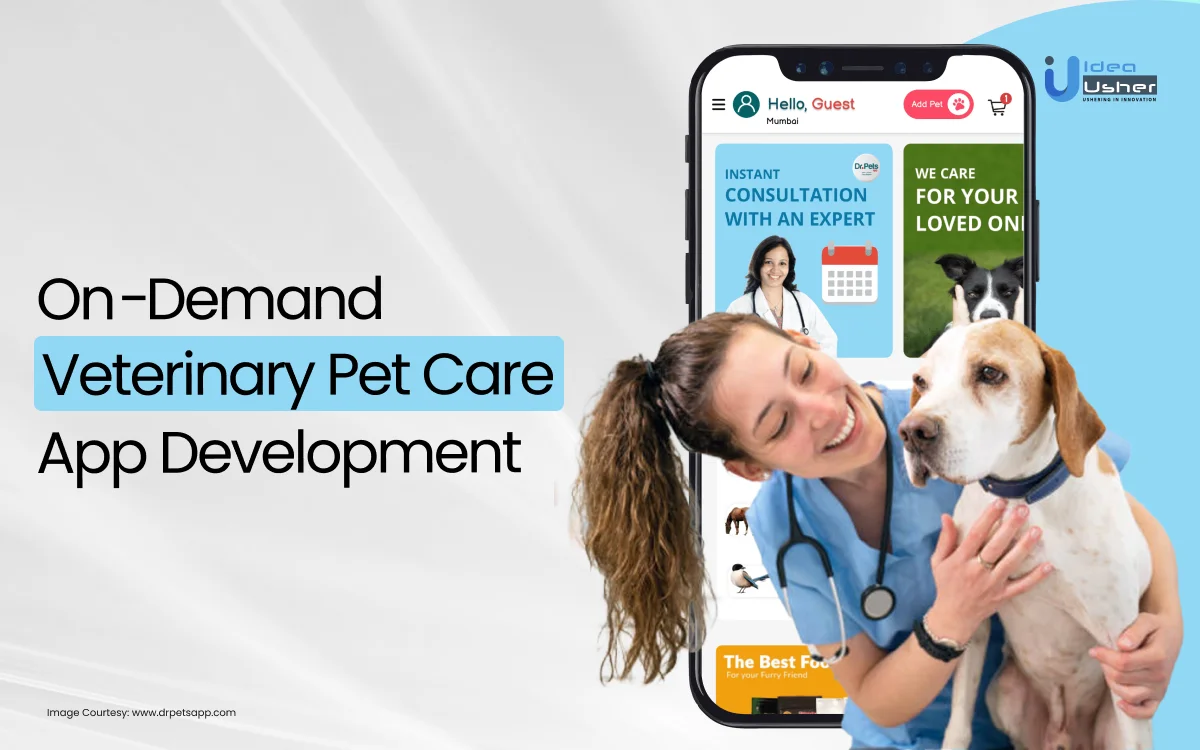
The pet care industry is thriving, with pet ownership rates hitting an all-time high across the globe. This surge in pet parents translates to a growing demand for convenient and accessible veterinary services. As a result, we are witnessing the demand for the development of a veterinary app that fundamentally transforms how pet care is delivered. These applications let pet owners connect directly with licensed veterinarians, arrange appointments, get telemedicine consultations, and much more for the well-being of their pets.
The trend towards on-demand veterinary care is undeniable. Companies like Airvet and Pawsome Vet are already making waves in the industry, offering pet owners a seamless and tech-driven approach to pet health. This blog delves deeper into the technical aspects of on-demand veterinary app development, exploring the features that matter most and the considerations for building a successful platform within the pet care sector.
- What Is A Veterinary App?
- How Does On-Demand Veterinary For Pets Work?
- Market Size Of Veterinary App
- Types Of Veterinary Apps
- 6 Key Benefits Of Telehealth Apps
- 10 Must-Have Features For A Custom Veterinary App
- Advanced Features To Include In A Veterinary Application
- Steps To Develop a Veterinary App
- Tech Stack To Develop Veterinary App
- Key Strategies To Monetize The Veterinary App
- Legal Considerations For Veterinary App
- Top 5 Best Veterinary Apps in 2024
- Conclusion
- Develop Pet Care App With Idea Usher
- FAQ
What Is A Veterinary App?
Veterinary apps have become essential companions for veterinarians, students, and pet owners alike. These digital tools offer multiple functionalities that empower users to diagnose and treat animals, manage veterinary practices, and stay informed about animal health.
Veterinary apps come in a diverse range to cater to every need. Some focus on specific species or areas of veterinary medicine, while others provide a comprehensive toolkit of information and resources. Ultimately, these apps aim to streamline veterinary practices, improve accuracy in pet care, and empower informed decision-making, ensuring that there’s an app for every user. While veterinary apps are powerful aids, it’s crucial to understand their limitations. They should never be seen as substitutes for professional veterinary advice.
How Does On-Demand Veterinary For Pets Work?
Here is how an on-demand veterinary app for pets works:
Step 1: Pet owners initiate the process by accessing the on-demand veterinary care platform via their preferred device.
Step 2: The platform is mostly operational 24/7, eliminates the need for prior appointments, and ensures immediate access to veterinary professionals.
Step 3: Upon logging in, pet owners choose their preferred consultation mode, whether it be real-time video calls, responsive text chats, or informative phone conversations.
Step 4: Additionally, the platform offers access to vet techs and specialized pet professionals while broadening the scope of support beyond traditional veterinary care.
Step 5: Pet owners articulate their concerns or queries to the attending veterinarian, who provides timely responses and expert guidance.
Step 6: While the service doesn’t replace in-person visits, it offers supplementary assistance such as medication refills, behavioral advice, and nutritional counseling.
Step 7: Pet owners benefit from swift resolutions to their concerns, eliminating the need for costly and time-consuming clinic visits.
Step 8: The platform’s accessibility and responsiveness translate to significant time and cost savings for pet parents, building a sense of relief and assurance.
Step 9: True to regulatory standards, the platform ensures adherence to vet-client-patient relationship (VCPR) guidelines, as stipulated by reputable entities like the American Veterinary Medical Association (AVMA).
Step 10: Prior in-person interactions between the veterinarian and the pet establish a foundation for comprehensive diagnosis and treatment.
Step 11: Exemplifying the efficacy of on-demand veterinary care is Pawp, a leading service offering unlimited text and video consultations via its user-friendly application.
Step 12: With a team of US-licensed veterinarians and vet techs available round the clock, Pawp epitomizes reliability and responsiveness in pet healthcare delivery.
The workflow of on-demand veterinary care seamlessly integrates accessibility, expertise, and regulatory compliance, empowering pet owners to prioritize their furry companions’ health with unparalleled convenience and peace of mind.
Market Size Of Veterinary App
The veterinary software market is booming, driven by several factors. A recent report by Growth Plus Reports predicts the market will reach nearly USD 991.5 million by 2031, growing at a steady 6.9% annually. This surge is fueled by vets embracing digital tools to improve practice management and patient care. Additionally, the rising global pet ownership trend creates a greater demand for veterinary services, which software solutions address by streamlining clinic operations and boosting efficiency.
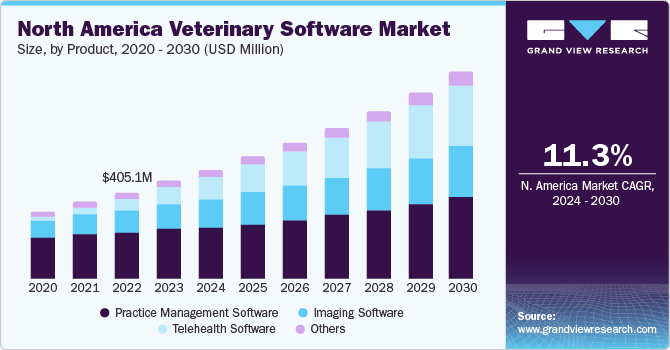
Grand View Research highlights this growth, with estimations showing a value of USD 1.29 billion in 2023 and a projected expansion to USD 3.02 billion by 2030 at a CAGR of 12.6%. This trend is further supported by data indicating a market value that is expected to reach USD 1.1 billion by 2032, with a CAGR of 7.02%.
Ultimately, the increasing demand for veterinary care by pet owners is a key driver of this market’s strong growth. Apart from these market insights, here are some reasons why businesses like yours must invest in the development of veterinary apps:
- Vet apps can boost operational efficiency.
- They aid in client retention.
- They facilitate improved communication between vets and pet owners.
- They offer convenience to pet owners.
- They provide a competitive advantage to the practice.
- They can generate revenue through in-app purchases and subscriptions.
- Compliance with relevant regulations is crucial.
- The growing pet care industry offers significant market potential for such apps.
Types Of Veterinary Apps
Veterinary apps fall into two categories: those designed for pet owners and those geared towards veterinarians themselves.
1. Pet Owner Apps:
These apps function as comprehensive pet health management systems. They offer features like:
- Appointment scheduling and reminders.
- Medication reminders.
- Pet health information library.
- Telemedicine consultations (if available).
- Symptom checkers.
- Pet first-aid guides.
2. Veterinarian Apps:
These apps empower veterinary professionals with advanced tools to manage their practices and deliver optimal care to animal patients. They often function as veterinary information systems, offering features like:
- Electronic medical records (EMR) are used to store patient data.
- Practice management tools for streamlining daily operations.
- Medical references for diagnosis and treatment decisions.
- Client communication tools for easy interaction with pet owners.
- Inventory management tools (if applicable).
- Integration with imaging software (if applicable) for a more wholesome approach.
6 Key Benefits Of Telehealth Apps
Telehealth offers various advantages for pets and their owners, such as:
1. Convenience:
Telemedicine for dogs and cats offers pet owners the convenience of easily connecting with licensed veterinary doctors from any location. It enables them to schedule appointments conveniently.
2. Accessibility:
Veterinary telemedicine ensures accessibility for pets and their owners, regardless of their geographical location. Particularly beneficial for those residing in rural or remote areas, virtual appointments eliminate the need for physical travel.
3. Cost-Effectiveness:
Compared to traditional in-person visits, telemedicine consultations often incur lower costs. While pricing may vary depending on the provider and circumstances, most pet guardians find virtual vet consultations more budget-friendly.
4. Reduced Stress:
Transporting anxious pets to a physical veterinary clinic can be stressful for pet parents. Telemedicine allows pets to remain in their familiar and comfortable environment while reducing their stress levels.
5. Improved Monitoring And Timely Care:
Pets with chronic medical conditions require consistent monitoring for their well-being. Thus, telehealth can ensure proper supervision and prompt attention for pets, particularly in urgent situations requiring immediate care.
6. Access to Specialists:
Through telehealth, pet owners gain access to specialized veterinary expertise that may not be readily available locally. Moreover, telemedicine supports post-procedural or post-treatment care to ensure pets receive necessary follow-up attention.
10 Must-Have Features For A Custom Veterinary App
Here are the top 10 must-have features for a custom veterinary app:
1. Pet Profiles:
This feature allows pet owners to create and manage profiles for each of their pets. This can include basic information like breed, age, and weight, as well as more detailed health information like allergies, medical conditions, and vaccination history.
2. Medical Documentation Management:
This feature allows pet owners to upload and manage important medical documents like vaccination records, lab results, and prescription information. This can be useful for keeping track of a pet’s medical history and for sharing information with different vets.
3. Appointment Scheduling:
This feature allows pet owners to schedule appointments directly through the app. This can include regular check-ups, vaccinations, or emergency visits. The app can also send reminders to pet owners about upcoming appointments.
4. Notifications:
This feature sends push notifications to pet owners about important updates. This can include reminders about upcoming appointments, notifications about test results, or updates about the pet’s health status.
5. Live Chat:
This feature allows pet owners to chat in real-time with a vet or a vet assistant. This can be useful for addressing immediate concerns or questions.
6. Video Conferencing (Telemedicine):
This feature allows for virtual consultations between the vet and the pet owner. This can be particularly useful for follow-up appointments or for situations where the pet owner is unable to bring the pet to the clinic.
7. Digital Payments:
This feature allows pet owners to pay for services directly through the app. This can include payments for appointments, medications, or other services.
8. Administrative Management:
This feature helps veterinary practices manage administrative tasks like scheduling, billing, and inventory management. This can help improve the efficiency of the practice and allow the staff to focus more on patient care.
9. GPS Tracking:
This feature can help pet owners locate nearby veterinary clinics or pet care services. This can be useful in emergency situations or when the pet owner is in a new location.
10. Loyalty Program:
This feature allows veterinary practices to reward loyal customers. This can include discounts on services, free products, or other perks. This can improve customer retention and increase customer satisfaction.
Advanced Features To Include In A Veterinary Application
Advanced functionalities can significantly boost the effectiveness of veterinary apps, making them more beneficial and streamlined for both vets and pet owners. Here are some advanced features that could be included in a veterinary app:
- Wearable Integration: This feature allows the app to sync with wearable devices that track a pet’s health, providing real-time data on vital signs, activity levels, and more.
- Teleconsultation: This feature enables virtual meetings between the vet and the pet owner, which can be especially handy for routine check-ups or situations where the pet owner can’t physically bring the pet to the clinic.
- Remote Monitoring: This feature enables vets to remotely monitor a pet’s health, which can be particularly beneficial for pets with chronic conditions that need continuous monitoring.
- E-prescriptions: This feature enables vets to digitally send prescriptions directly to the pet owner or a pharmacy.
- AI-Powered Diagnosis: This feature employs artificial intelligence to assist in diagnosing health issues based on the symptoms or data provided.
- Automated Billing and Coding: This feature can automate the billing process, making it more straightforward and efficient.
- Drug/Toxicity Calculators: This feature can assist vets in calculating the appropriate dosage of medication for a pet or determining the level of toxicity in case a pet ingests a harmful substance.
- Medication Refills: This feature allows pet owners to request refills of their pets’ medication directly through the app.
- E-commerce: This feature allows pet owners to purchase pet care products directly through the app.
- Diagnoses Based on Imagery Analysis: This feature employs AI to analyze images (like X-rays or ultrasound images) and assist with diagnoses.
Steps To Develop a Veterinary App
Here are the steps to develop a veterinary app for pets:
Step 1. Identify The Target Audience:
The first step is to identify who will be using the app. This could be veterinarians, pet owners, or both. Understanding the needs and preferences of your target audience is crucial for developing an app that meets their needs.
Step 2. Define The App’s Purpose And Features:
Once you’ve identified your target audience, you need to define what your app will do. We’ll work with you to define the app’s goals (appointment booking, telemedicine consultations, pet health management). Through user research and market analysis, we’ll prioritize functionalities to create a feature list that best serves your target users. Finally, a Technical Requirement Document (TRD) will be drafted, outlining the app’s technical specifications, functionalities, and any planned integrations.
Step 3. Design The User Interface:
The user interface should be intuitive and easy to navigate. Through wireframing and prototyping, we’ll create visual representations of the app’s layout, user flow, and functionalities. This allows for user testing and feedback to ensure a smooth user experience.
Once feedback is incorporated, the UI design phase takes shape. Our goal is to create a clear and visually appealing interface that’s easy to navigate for pet owners with varying technical backgrounds. Moreover, responsiveness across different screen sizes (phones, tablets) is also a priority.
Step 4. Choose The Right Technology Stack:
The technology stack you choose will depend on your app’s requirements. This could include a programming language like Java or Swift, a database like MySQL or MongoDB, and a server like Apache or Nginx.
Step 5. Develop The App:
Once you’ve chosen your technology stack, you can start developing your app. This phase involves development on two fronts: the backend and the frontend. On the backend, we’ll choose a suitable server-side programming language (e.g., Python, Java) to handle data storage, processing, and API interactions. Additionally, a secure database (e.g., MySQL, MongoDB) will be selected to store pet information, medical records, appointment data, and user accounts.
On the frontend, we’ll develop the user interface using a mobile development framework (e.g., React Native, Flutter, or native development for each platform). Initially, we can choose to develop for Android or iOS or target both platforms depending on your project scope. Here, API integrations become important if features like telemedicine, payment processing, or wearable device data require connections to external services.
Step 6. Security And Compliance:
We’ll implement robust security measures like encryption and access control protocols to safeguard sensitive information like pet details and medical records. Furthermore, the app will be designed to adhere to relevant data privacy regulations (e.g., HIPAA in the US and GDPR in Europe) to ensure compliance with how pet health information is handled.
Step 7. Test The App:
Testing is a crucial part of the development process. This involves checking the app for bugs, testing its performance, and making sure it meets all the requirements.
Step 8. Launch, Maintain And Update:
Once the app has been thoroughly tested, it’s time to launch it. This involves submitting the app to app stores like Google Play and the App Store and promoting the app to your target audience. After the app has been launched, it’s important to maintain and update it regularly. This involves fixing any bugs, adding new features, and improving the user experience based on feedback from users.
Developing an app is a complex process that requires a wide range of skills, including programming, design, and marketing. It’s important to have a clear plan and to stay organized throughout the process.
– Expert, Idea Usher
Tech Stack To Develop Veterinary App
| Category | Options |
| Frontend Development | React Native, Swift, Kotlin, Java |
| Backend Development | Node.js, Django, Ruby on Rails (RoR) |
| Database | MongoDB, MySQL, PostgreSQL |
| Cloud Services | Amazon Web Services (AWS), Microsoft Azure, Google Cloud |
| APIs and Integrations | Stripe, Twilio, SendGrid |
| Real-time Analytics Tools | IBM, Spark, Hadoop, Apache Flink, Cisco |
| Payment Gateways | Stripe, PayPal, Braintree, E-Wallet |
| Push Notifications | Push.io, Twilio |
| Notifications Service | Twilio, Nexmo |
| Monitoring and Log Maintenance | AWS CloudWatch |
| Storage & Backup Solutions | Amazon S3 |
Key Strategies To Monetize The Veterinary App
Veterinary apps offer several avenues for monetization that allow developers and veterinary businesses to generate revenue while providing valuable services to pet owners. Here are some key strategies to consider:
- The subscription model offers pet owners tiered subscription plans with varying levels of access and features. Basic subscriptions might include appointment scheduling and medication reminders, while premium plans could add telemedicine consultations, pet health information libraries, or exclusive discounts.
- With in-app purchases, users pay one-time fees to unlock specific features within the app. For example, advanced appointment scheduling options, access to on-demand video tutorials for pet care procedures, etc.
- If your app facilitates transactions between pet owners and veterinary clinics, you can implement a commission-based system. A small percentage fee could be charged on appointments booked, medication refills processed, or telemedicine consultations conducted through the app.
- With in-app advertising, you can partner with pet-related businesses or veterinary product manufacturers to display targeted advertisements within the app. The revenue generated would depend on the number of impressions (ad views) or clicks received.
- You can also partner with pet food retailers or pet supply stores to integrate their online stores within the app. This e-commerce integration will allow pet owners to conveniently purchase necessary items directly from the app, potentially generating a commission for your platform.
Legal Considerations For Veterinary App
When creating a veterinary app, it’s essential to take into account several legal aspects to ensure the app complies with all regulations. Here are some key legal points to consider:
- Veterinary care is a heavily regulated part of the medical field. Your app must adhere to all relevant laws and regulations.
- Your app must comply with data privacy laws such as the GDPR in Europe or the HIPAA in the US. This includes securing personal and medical data and obtaining user consent before collecting or sharing data. Moreover, the US market is served by the FDA, and this certification is also important.
- If your app offers telemedicine services, you need to comply with telemedicine regulations. These regulations can vary by country and state, so it’s important to understand the laws in the areas where you plan to offer your services.
- If your app involves the practice of veterinary medicine, you may need to consider licensing regulations. In many jurisdictions, only licensed veterinarians can provide certain types of veterinary advice or services.
- All veterinary practices must comply with state permitting and registration requirements.
- If your app uses third-party content or services, it’s of utmost importance to ensure that you have the necessary permissions or licenses. This includes things like images, text, APIs, and software libraries and is a key aspect of legal compliance.
Note: The specific legal considerations can vary depending on the features of your app and the jurisdictions in which you operate. Therefore, it’s recommended to consult with a legal expert when developing a veterinary app.
Top 5 Best Veterinary Apps in 2024
Here are the some of the best on-demand veterinary apps for pet care in 2024:
1. Otto Flow:
Otto Flow is a comprehensive platform designed to enhance customer engagement in veterinary clinics. It aids in streamlining communications, improving clinic profitability, and boosting customer satisfaction. By simplifying repetitive tasks, it allows veterinary professionals to focus on providing optimal pet care. With a user base of over 8,000 veterinary professionals, Otto Flow has become a trusted solution in the industry.
2. Plumbs:
Plumb serves as an indispensable point-of-care resource for veterinary teams, offering vital information for case workups, treatment selection, and client education. With up-to-date data on over 800 drugs, including checks for potential interactions, Plumb’s assists pet owners in understanding their pet’s condition thoroughly.
3. Pet Poison App:
The Pet Poison App serves as a valuable public health resource, providing information on common household toxins and prescription medications. It is utilized by members of the American College of Veterinary Pharmacists to educate clients and the community about potential pet hazards, including household items, plants, and human medications.
4. Vetcove:
Vetcove functions as an eCommerce platform customized for veterinary hospitals, facilitating product research, price comparison, and centralized purchasing. Described as the “Trivago for veterinary hospitals,” Vetcove enables professionals to procure pharmaceuticals, biologics, equipment, and supplies from various vendors. With a user base exceeding 125,000 professionals, it is widely adopted across leading veterinary hospitals, specialty referral hospitals, and corporate groups.
5. IDEXX:
IDEXX Cornerstone Practice Management Software offers versatile and feature-rich solutions customized to meet the unique needs of veterinary practices. Utilized by over 125,000 professionals across leading veterinary establishments, it is supported by comprehensive training options and expert assistance to ensure seamless implementation and ongoing support.
Conclusion
Venturing into veterinary app development offers businesses a promising opportunity to tap into the growing demand for digital solutions in pet care. These apps can streamline practice management, enhance client engagement, and provide numerous benefits for both veterinary professionals and pet owners. Understanding market dynamics, legal considerations, and key features is crucial for successful app development. By using new ideas and advanced technologies, businesses can create great opportunities in the growing pet care industry. So, let’s build veterinary apps to change the way we care for our pets and improve pet healthcare for the future.
Develop Pet Care App With Idea Usher
The pet care industry is growing, and pet owners are seeking convenient and tech-driven solutions. With over 500,000 hours of coding experience and a successful track record of delivering 800+ projects, Idea Usher is here to assist you in capitalizing on this trend. We are a team of experts who specialize in creating innovative mobile apps integrated with advanced tech like IoT, AR/VR, and AI to bring your vision for a veterinary app to life. Let’s build a future-proof platform that empowers pet owners and revolutionizes the way pet care is delivered. Contact us today and unleash the potential of on-demand veterinary care!
FAQ
How much does veterinary software cost?
Veterinary software costs usually fluctuate based on functionalities and setup. Entry-level options might begin at around $1000 per year, while feature-rich platforms can reach several thousand dollars annually.
What is the most used vet software?
The veterinary software presents a diverse range of solutions. IDEXX Cornerstone, Covetrus AVImark, and ezyVet are just a few well-known examples. Finding the optimal solution for your business relies on your clinic’s size, specific requirements, and budget.
How is technology used in veterinary?
Technology is transforming veterinary practices. From storing pet health information electronically and managing appointments to enabling remote consultations and utilizing advanced diagnostics, technology is streamlining operations, improving communication, and ultimately elevating the quality of pet care.






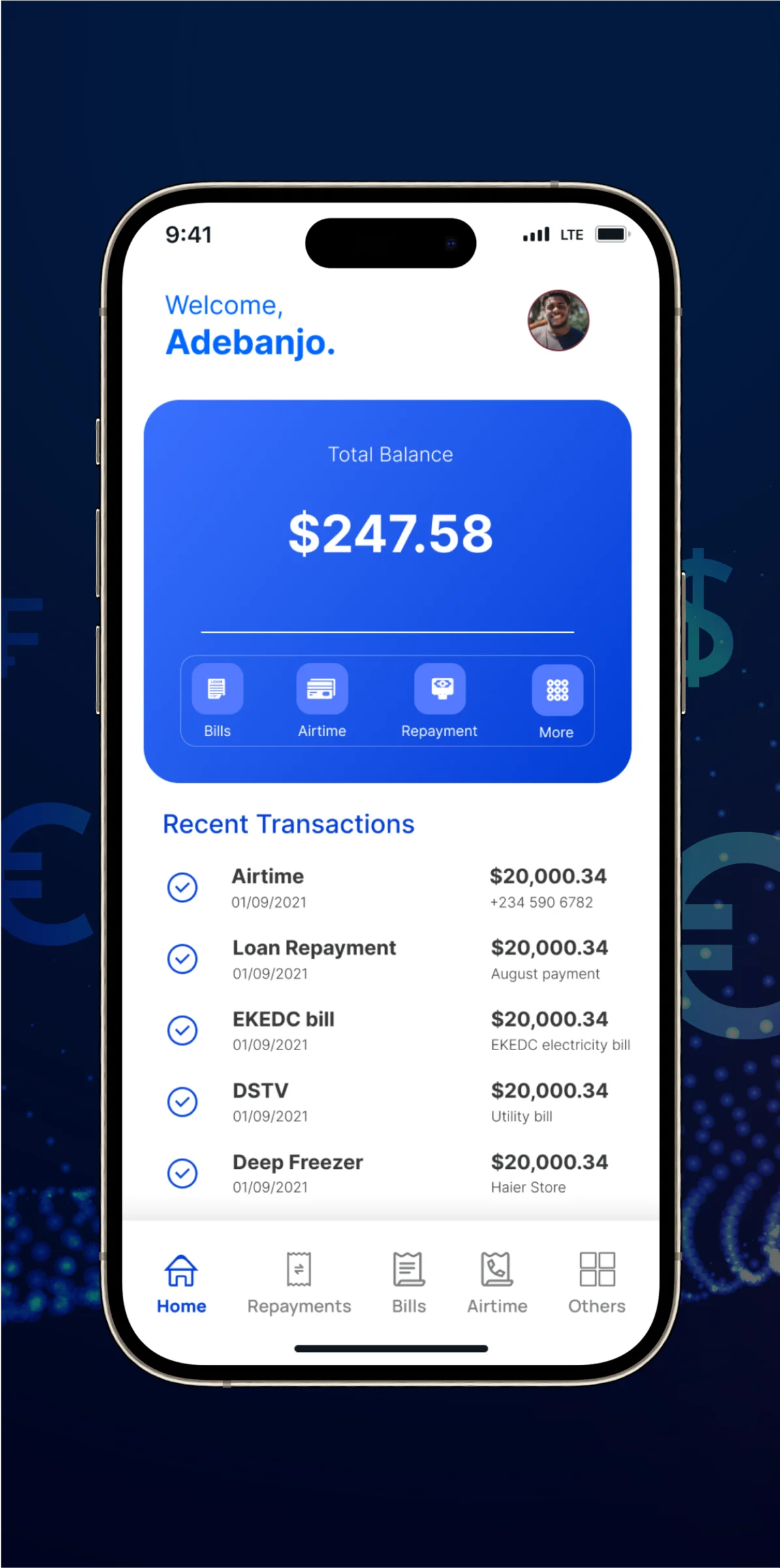
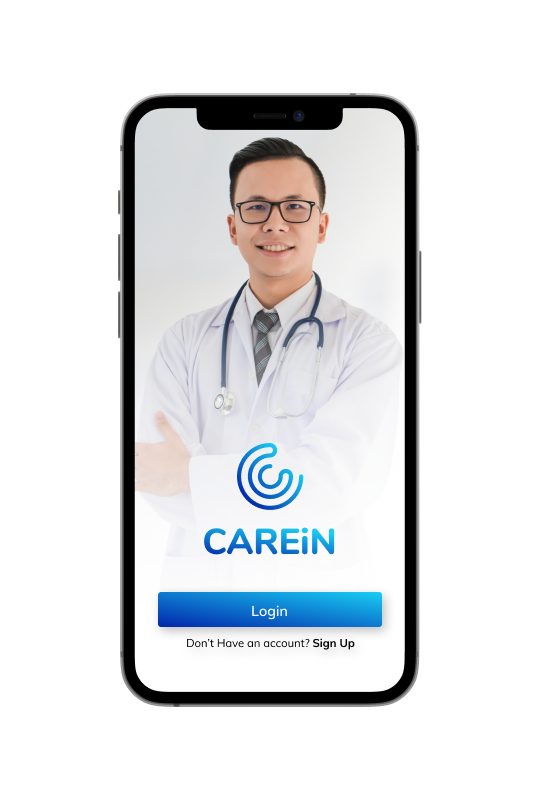
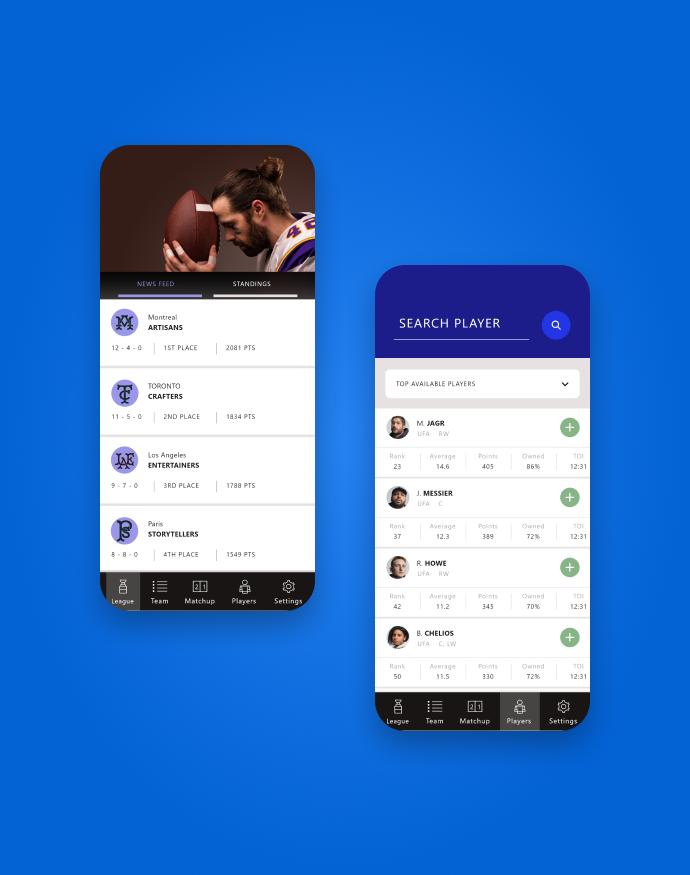



Rebecca Lal